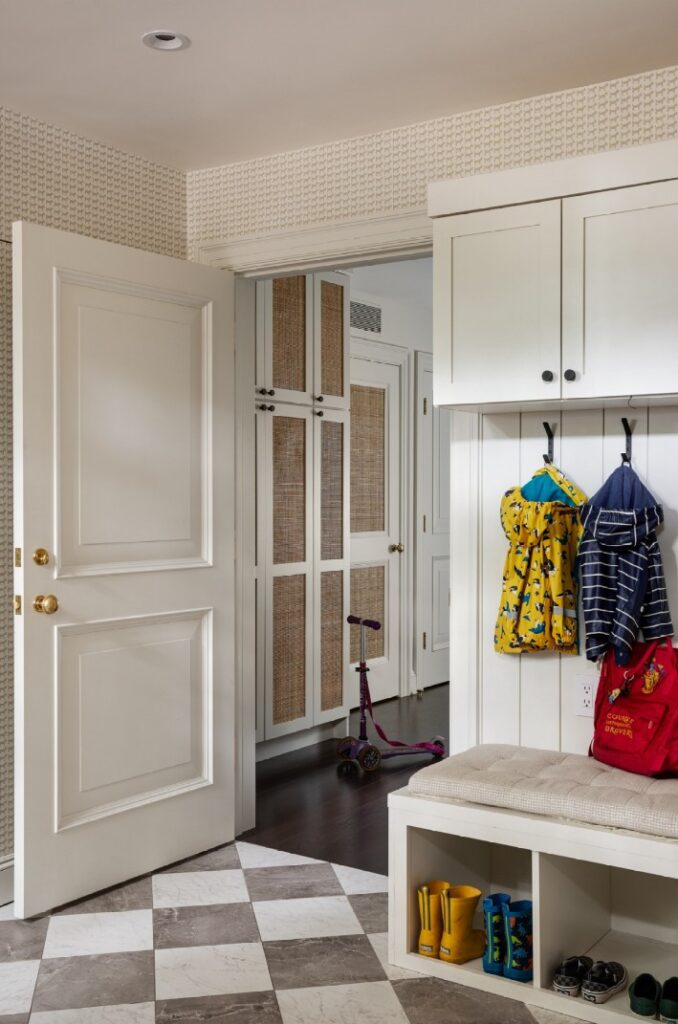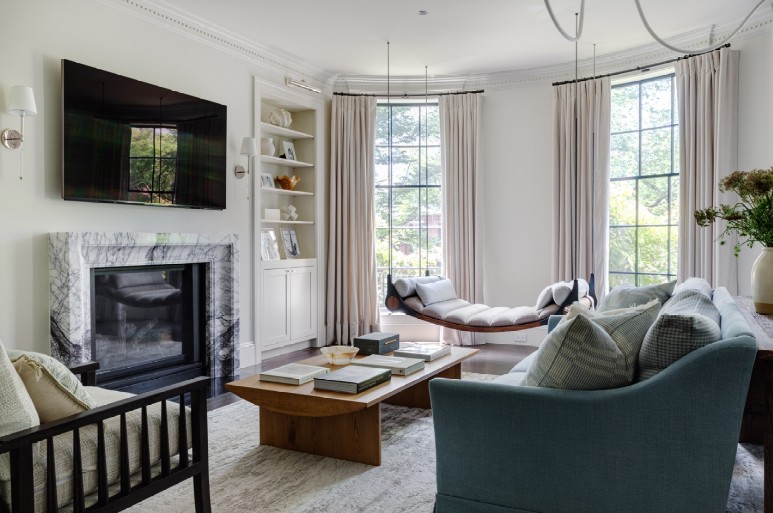Building a custom home is an exciting opportunity to create a living space tailored to your needs, tastes, and lifestyle. However, one of the most crucial decisions in this process is selecting the perfect location. Home builder Chris Rapczynski offers expert insights to help you find the perfect location for your dream home.
Define Your Priorities and Lifestyle Needs
Before searching for the perfect location, take time to reflect on your lifestyle and what you need in a home setting. Ask yourself the following questions:
- Do you prefer urban, suburban, or rural living?
- How important is proximity to work, schools, and amenities?
- Do you value privacy, scenic views, or a strong community?
- Are you looking for a location with future growth potential?
- Do you want access to outdoor activities such as hiking, beaches, or golf courses?
Considering your priorities will help you narrow down potential locations that align with your daily routines and future plans.
Research the Neighborhood and Community
The surrounding neighborhood can significantly impact your quality of life. Consider these factors when evaluating a location:
Safety and Crime Rates: Check crime statistics online and visit local police department websites for reports.
School District Quality: If you have or plan to have children, research school ratings and reviews.
Community Atmosphere: Visit the area at different times of the day to get a feel for the neighborhood vibe.
Demographics: Consider whether the community aligns with your social preferences, whether it’s family-friendly, diverse, or quiet.
Future Development: Research upcoming projects, zoning laws, and infrastructure improvements to ensure the area retains its appeal.
Consider Accessibility and Commute Times
Even in the most picturesque location, a long or inconvenient commute can quickly become a significant drawback. It’s essential to evaluate key factors that influence daily travel. Consider the proximity to major highways, public transportation, and airports, as easy access to these can make commuting more efficient and convenient.
Assess how close your home is to your workplace or key business hubs to ensure you’re not spending excessive time on the road. Pay attention to traffic patterns and congestion during peak hours, as heavy delays can add unnecessary stress to your routine.
Choosing a location that minimizes travel time not only enhances productivity but also contributes to a better work-life balance, allowing you to fully enjoy your home and lifestyle.
Assess the Land and Terrain
The specific plot of land you choose is just as crucial as the overall location, as it directly impacts the construction, functionality, building costs, and long-term value of your home. One of the first factors to assess is the topography, including elevation, slope, and drainage. A steep or uneven terrain may require extensive grading, while poor drainage can lead to flooding or erosion issues.
Soil quality is another vital consideration; conducting soil tests will determine its stability and suitability for construction, landscaping, and septic systems if necessary. Sun exposure and wind patterns can help optimize your home’s orientation for natural light, energy efficiency, and ventilation, reducing heating and cooling costs. Before purchasing, review zoning and building regulations to ensure the land aligns with your vision, as setbacks, height restrictions, and environmental laws could affect your plans.
Finally, confirm the availability of essential utilities and infrastructure, such as water, electricity, gas, and sewer systems. In rural areas, you may need to install a well or septic system, which can add to your costs and planning requirements. By thoroughly evaluating these factors, you can select a plot that supports both your dream home and practical needs.

Evaluate Property Value and Investment Potential
A good location not only enhances your daily living experience but also serves as a smart financial investment. Several key factors influence property value, making it essential to research the area’s historical price trends and appreciation rates to gauge its long-term potential.
Local economic growth and job market stability also play a significant role, as thriving communities tend to attract more buyers and maintain property demand. Additionally, proximity to desirable amenities such as parks, shopping centers, restaurants, and entertainment venues can boost a home’s appeal and resale value.
It’s also important to consider future development plans, as new infrastructure, schools, or commercial projects can further increase an area’s desirability and property values. By choosing a location with strong appreciation potential, you ensure that your investment remains valuable and continues to grow over time.
Climate and Weather Considerations
Weather conditions play a crucial role in determining your comfort, maintenance costs, and even the feasibility of construction in a given location. It’s essential to research average temperatures and seasonal variations to ensure the climate aligns with your lifestyle preferences.
Assess the risk of natural disasters such as hurricanes, wildfires, earthquakes, or floods, as these can impact insurance costs and structural requirements. Local building codes related to weatherproofing and energy efficiency should also be considered, as they may dictate the materials and construction methods needed to protect your home from extreme weather conditions.
Be aware of potential pest and wildlife concerns that could affect your landscaping and the durability of your home. If you thrive in warm, sunny climates, a coastal or desert location may be ideal, while those who enjoy winter sports and snowy landscapes might prefer a home in the mountains. By thoroughly evaluating these factors, you can choose a location that not only meets your lifestyle needs but also minimizes long-term maintenance challenges.
Assess Noise Levels and Privacy
Your home should be a sanctuary of peace and relaxation, making it essential to evaluate potential noise disturbances before committing to a location. Busy commercial areas and nightlife districts may contribute to unwanted noise pollution, particularly during late hours.
For those seeking a tranquil retreat, consider building on larger lot sizes, within a gated community, or include a more natural barrier like densely planted trees, which can provide enhanced seclusion and a quieter living environment.
Evaluate Healthcare and Emergency Services
Access to quality healthcare is a crucial factor for many, particularly for families with young children, retirees, or individuals with ongoing medical needs. When assessing a build location, consider the proximity of hospitals, clinics, and specialized healthcare providers to ensure quick and easy access to medical care.
Cultural, Social, and Recreational Amenities
A truly fulfilling lifestyle extends beyond the walls of your home, making it important to evaluate the availability of cultural, social, and recreational amenities in the area. A diverse selection of restaurants, cafes, and nightlife venues can enhance your dining and entertainment experiences. Museums, theaters, and cultural centers contribute to a rich and engaging community life.
Outdoor enthusiasts may prioritize access to parks, hiking trails, and recreational facilities that encourage an active lifestyle. Community events, farmers’ markets, and local gatherings further foster a sense of belonging, ensuring a vibrant and well-connected neighborhood that enhances your overall quality of life.
Final Thoughts
Choosing the perfect location for your custom-built home requires thorough research and careful consideration of multiple factors, from lifestyle preferences to investment potential. By evaluating aspects such as neighborhood quality, land suitability, accessibility, and future growth, you can ensure that your dream home is built in the ideal setting. Take your time, explore various options, and consult with experts to make a well-informed decision—because where you live plays a significant role in how you live.
